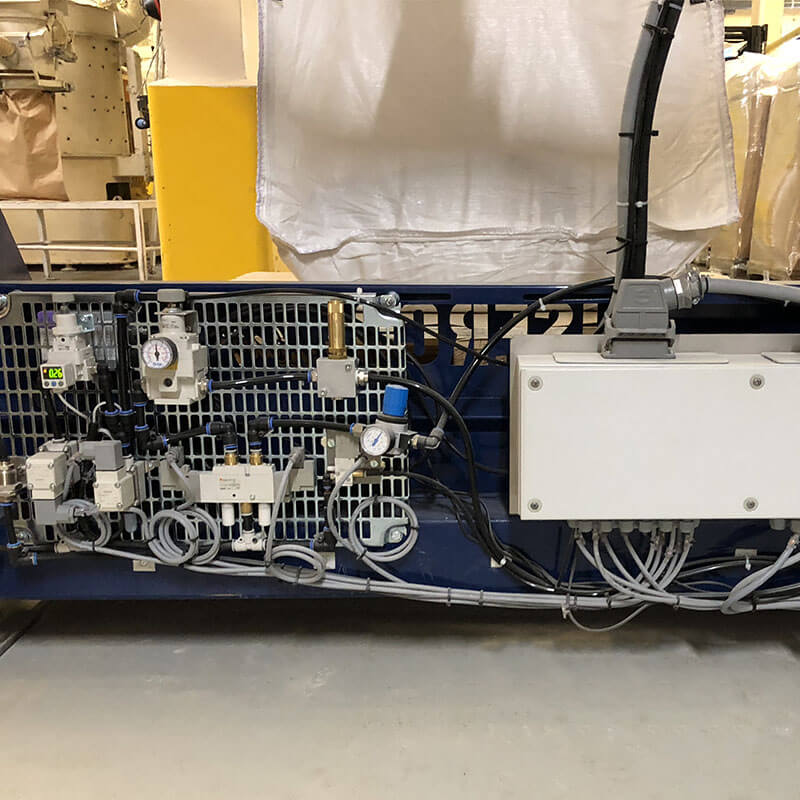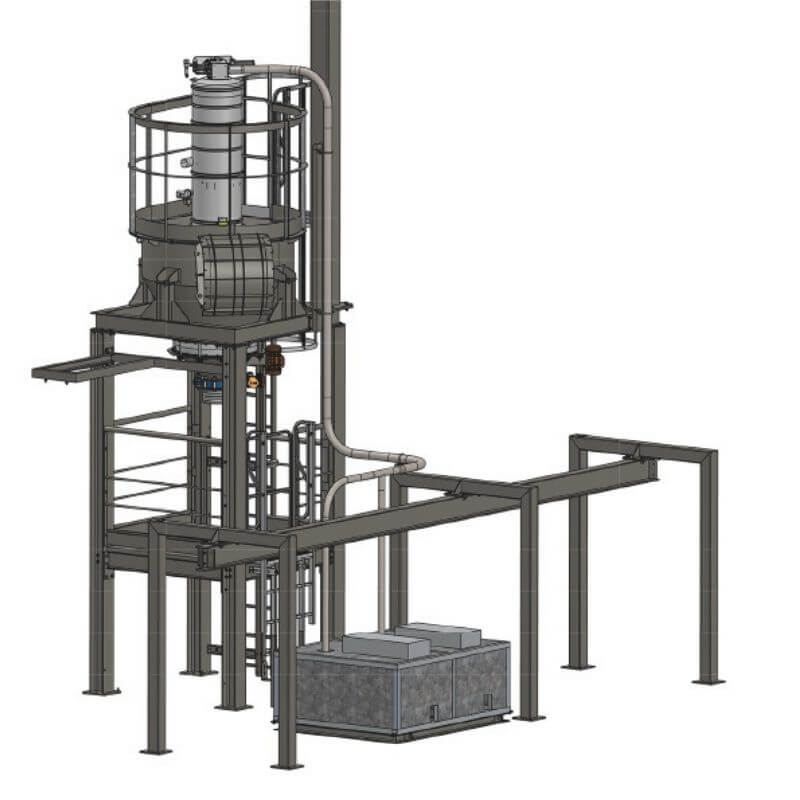Description
Pneumatic transport works by injecting compressed air into the transfer pipe. The movement of the product is possible by suction of the air caused by the venturi effect. It is a very dustproof system.
Pneumatic convoying is often recommended for long or complicated product paths, or when several containers need to be served. This type of transport can be chosen for the Big bag filling or to quickly transfer a product from one container to another.
This system is suitable for many sectors of industry like food, chemical, or pharmaceutical. A pneumatic conveying solution is studied according to the characteristics of the product to be transferred. For example, the granulometry, abrasiveness of the product, or its fragility must be considered.
Pneumatic conveying requires only air to operate, no electricity. It is essential to have an air supply available near the installation.
This system does not require a level sensor to start up.
Before considering this system, it must be considered that a pneumatic transport system operates with a lower flow rate than an alternative transfer solution. In addition, it consumes a lot of compressed air.



